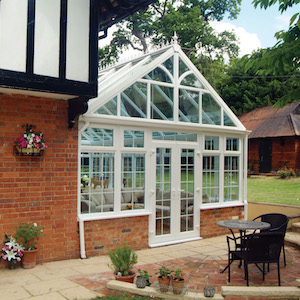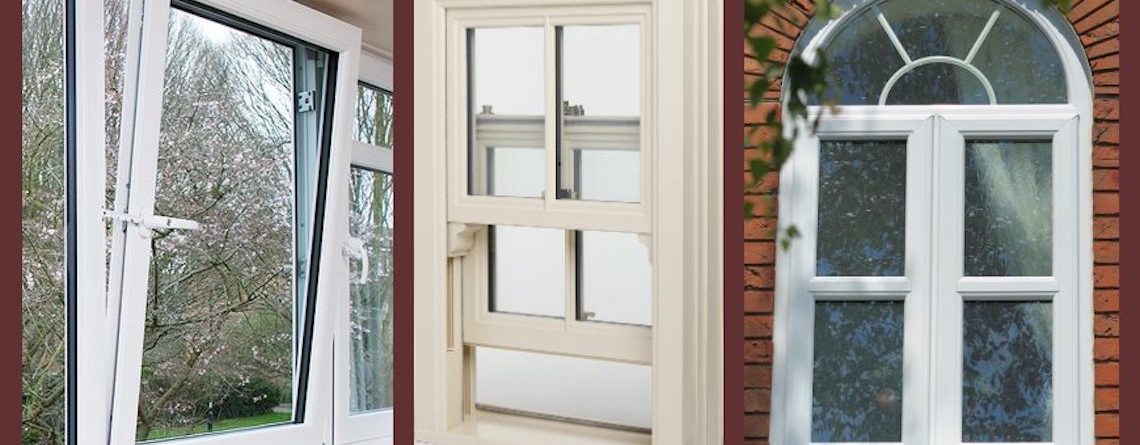
Black Shadows © 2013 -
Mentions légales/Policies
Mentions légales/Policies


In the world of home enhancement and building and construction, the choice of materials for windows and doors is vital. One material that has actually gained substantial popularity throughout the years is Unplasticized Polyvinyl Chloride, commonly called UPVC. This post explores the advantages, applications, and maintenance of UPVC doors and windows, offering a thorough guide for house owners and home builders alike.
Unplasticized Polyvinyl Chloride (UPVC) is a kind of plastic that is rigid and resilient. Unlike PVC, which can be flexible, UPVC is developed to be rigid and is often used in building due to its strength and resistance to environmental elements. UPVC is made by removing plasticizers from PVC, which improves its stability and lowers the risk of deterioration over time.
Resilience and Longevity
Energy Efficiency
Security
Visual Appeal
Cost-Effective
Residential Use
Business Use
Industrial Use
While UPVC windows and doors with windows are low upkeep, routine care can extend their life-span and ensure ideal efficiency. Here are some maintenance pointers:
Cleaning:
Evaluation:
Repairs:
Are UPVC doors and windows environmentally friendly?
Can UPVC doors and windows be painted?
How do UPVC french doors with side windows and windows compare to wood ones?
Are UPVC windows and doors suitable for all climates?
The length of time do UPVC windows and doors last?
upvc doors windows windows and doors offer a mix of resilience, energy efficiency, security, and aesthetic appeal. Whether for domestic, commercial, or commercial usage, they are an economical and useful choice. By understanding the advantages and correct upkeep, house owners and builders can maximize this versatile product.
